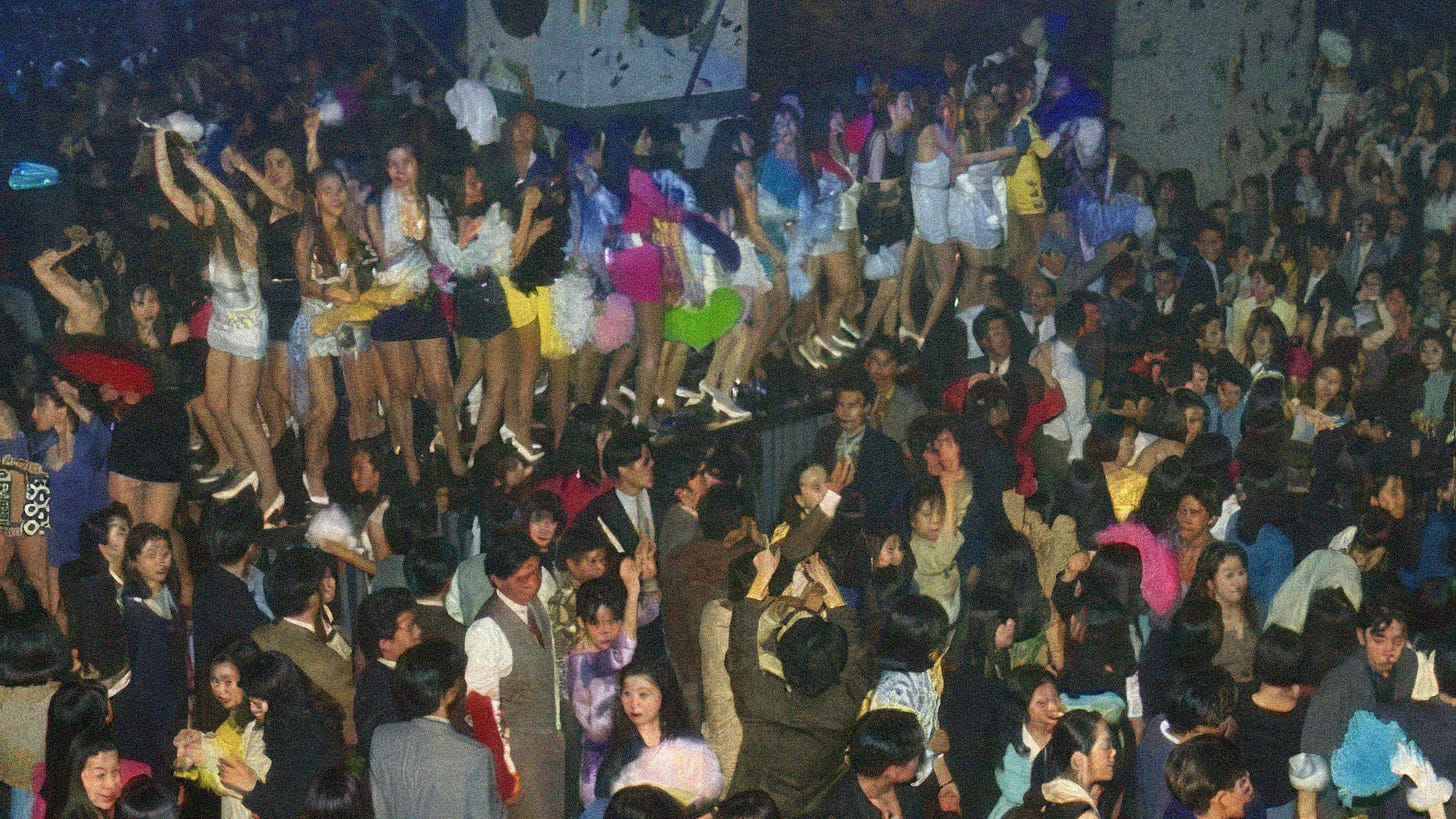Why Japan’s Interest in Jomon Spirituality Collapsed in the 1980s and ’90s
The Forgotten Link Between a Terrorist Cult and Ancient Spirituality
In this article, I explore a largely overlooked taboo in Japanese society: the mysterious collapse of interest in Jomon spirituality during the 1980s and 1990s, triggered by a catastrophic event that led to widespread rejection of spirituality itself.
Previously, I highlighted how Japanese fascination with the Jomon period significantly waned following the pivotal “Jomon Dogu Exhibition” in 1986. Remarkably, no major exhibitions on the Jomon era were held again until 2018—a silence lasting more than three decades.
What exactly caused this sudden and prolonged decline in interest, after the Jomon era had steadily gained attention in post-war Japan?
A crucial factor was Japan’s entrance into the Bubble Economy following the 1985 Plaza Accord. As materialism surged during the economic boom, the spiritual and mystical aspects of Jomon culture were disregarded. People’s desires increasingly focused on immediate gratification, material wealth, and superficial satisfaction.
This relentless pursuit of material desire created a void, and ironically, led to the rise of an extreme social phenomenon: cult religions. Throughout the late ’80s and early ‘90s—at the peak of Japan’s economic frenzy—questions about human existence and meaning were largely ignored, prompting those who felt spiritually empty to seek solace in cults.
Emerging precisely from this context in 1987 was Shoko Asahara (麻原彰晃, real name: Chizuo Matsumoto), founder of Aum Shinrikyo (オウム真理教). Unlike typical cults that targeted vulnerable or impoverished individuals, Aum Shinrikyo notably attracted young, highly educated elites. Asahara proclaimed himself a charismatic leader with supernatural powers and positioned his group as the savior of souls disillusioned by modern society’s emptiness. His active media appearances and aggressive promotion rapidly expanded his influence.
Aum Shinrikyo quickly grew from a small yoga circle into an organization capable of manufacturing deadly nerve gases such as Sarin and VX, illicit drugs like LSD and methamphetamine, and even sought weapons and uranium from Russia and Australia. Following the collapse of the Soviet Union in 1991, Aum expanded aggressively into Russia, capitalizing on the population’s spiritual disorientation, eventually reaching approximately 30,000 Russian adherents—exceeding its membership in Japan.
By January 1995, when the devastating Great Hanshin-Awaji Earthquake symbolically marked the collapse of Japan’s Bubble Economy, Japanese society underwent a radical shift. People awakened to the harsh realities hidden beneath superficial prosperity. Yet, lost and desperate for spiritual meaning in the aftermath, thousands flocked to Aum Shinrikyo. By March 1995, membership peaked at around 15,000 in Japan alone.
Then came the tragic climax: the Tokyo Subway Sarin Attack on March 20, 1995. During morning rush hour, members of Aum simultaneously released Sarin gas across multiple subway lines, killing 14 and injuring approximately 6,300 people. This terror attack exposed the dark underbelly of Japanese society that had flourished in the shadows of the economic boom.
The media frenzy following this shocking event cemented a distorted public perception linking spirituality directly to danger and terrorism. Consequently, spirituality itself was demonized, labeled as harmful, dangerous, and inherently linked to extremist violence. Yoga and other spiritual practices were vilified, and exploration into Jomon spirituality, once widespread in post-war Japan, abruptly ceased.
Although seemingly unrelated, the events of the 1990s had profound effects on the perception of ancient Jomon spirituality. This era’s intense fear of spirituality caused the significant cultural momentum of the Jomon boom in the 20th century to come to an abrupt end. Major cities stopped hosting large-scale exhibitions, and Jomon research was relegated to regional, small-scale events.
Yet, more than two decades later, a new and transformative event reignited the fascination with Jomon culture: the Fukushima nuclear disaster following the Great East Japan Earthquake of March 11, 2011.
Before that disaster, modern science was seen as infallible. But when the nuclear power plants—symbols of modern technology—tragically succumbed to nature’s overwhelming force, it shattered Japan’s faith in modern scientific infallibility. Historically, Japanese society has consistently viewed massive earthquakes as transformative turning points: the 1995 earthquake marked the end of the economic boom, while the 2011 quake marked the symbolic end of faith in modern science.
Next time, I’ll explore how this pivotal moment led to renewed interest in the Jomon era during the 21st century, as researchers reconsidered the fragmented academic approach of the past and began consolidating decades of scattered research.



